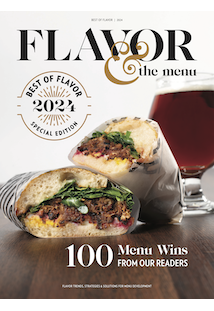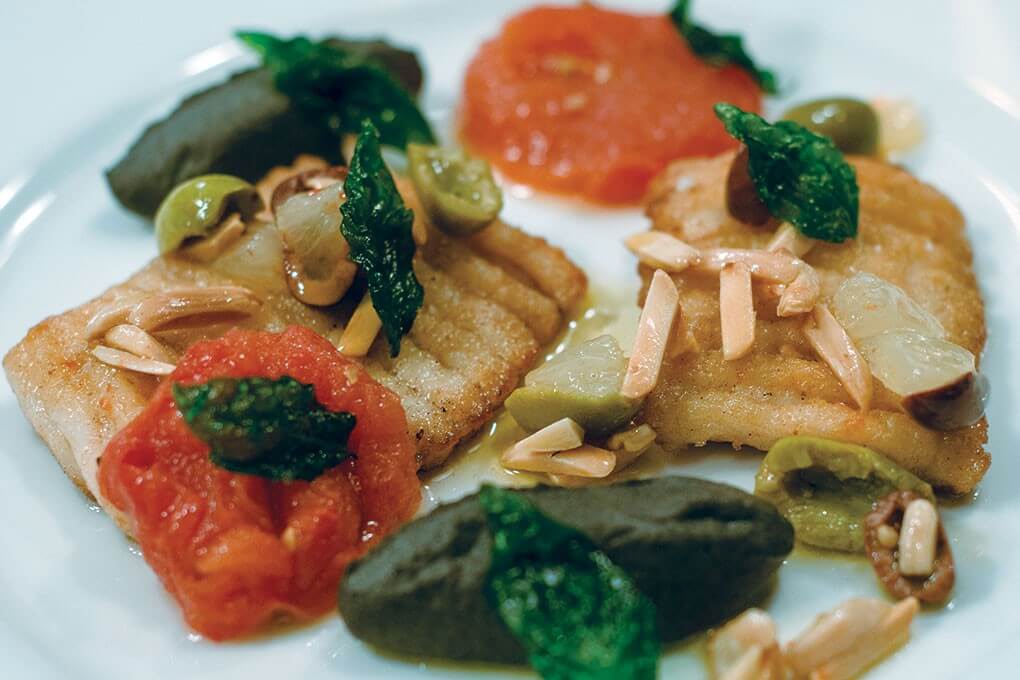 Christine Walsh Sanders Photography
Christine Walsh Sanders Photography Greg Connors
Greg Connors, Chatham, Mass.
Fifty-year-old Cape Cod fisherman Greg Connors started fishing when he was 19, after he tried college and found it wasn’t for him. His first crew job on a longline boat made him virtually no money, but he fell in love with the life and saw its potential.
“I enjoy the thrill of being able to produce your own income,” he says. “If over the years you need more money, you put a little more effort in—push the weather a little bit, run a little more gear—and you really do see results from that.”
Connors has borne witness to the evolution of the New England fishing industry from his home port of Chatham, Mass. He started fishing for prized groundfish species like cod, but for the last 18 years has been gillnetting for monkfish, dogfish and skate.
Connors, the captain of the Constance Sea, was one of the first to target the skate fishery years ago, but now the year-round fishery is a staple of the fleet. Cape Cod and the nearby island fishermen landed over 8 million lbs. in 2017, making it the third highest landed seafood for the region.
Whether the catch is groundfish or skate, commercial fishing has enabled Connors to put three kids through college —something for which he is very proud.
Jake Eberle, Chef, Le Fond, Brooklyn, N.Y.
Chef Jake Eberle is no stranger to out-of- the-ordinary seafood, as he grew up on Casco Bay, where fishermen would bring to market the skate wings they pulled from the Gulf of Maine. In Brooklyn, Eberle’s customers will order whatever daily seafood is on offer because they know it will be fresh and sustainably sourced. The skate brought into Le Fond’s kitchen comes from either Maine or Massachusetts, so Eberle can sell its story based on those points.
“It’s important to me to use ingredients when they’re at their best. Since different plants and animals come into season at different times, it gives the diner something to look forward to each year,” he says. “Skate is plentiful in the summer and early fall, which means its peak availability coincides with nightshades and other produce associated with the Mediterranean. This is fortunate because skate’s richness calls for fresh, acidic, bright flavors.”
Eberle appreciates skate’s sweet flavor—vaguely resembling scallops—and meaty texture that derives its gravitas from the collagen in its gelatinous bones. Skate stands up to high heat, allowing him to roast portions of the fish in butter. Its flavor holds its own, making it perfect for pairings with bright, bold Mediterranean ingredients like briny olives, sweet confit tomatoes and smoky roasted eggplant.











